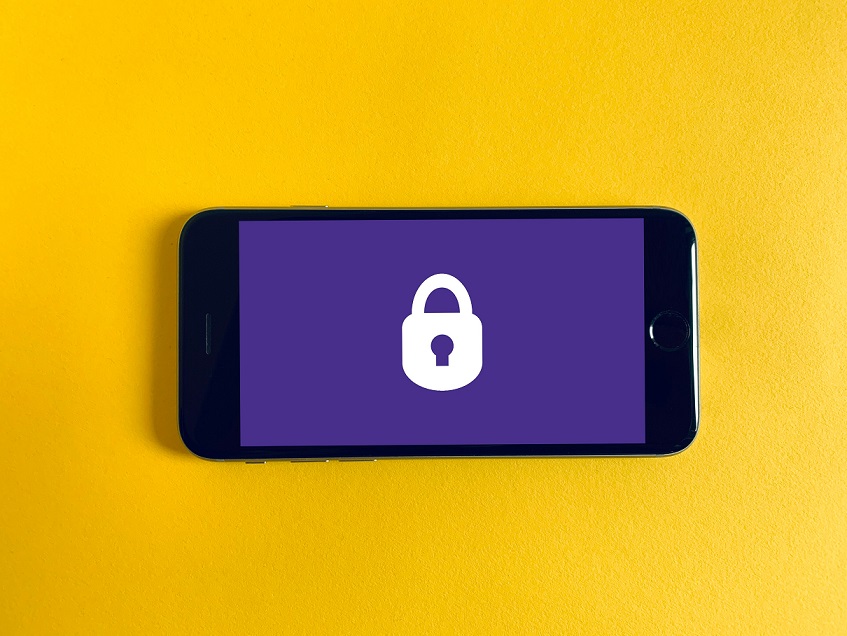How to protect an Android device from mobile threats?

Protecting your Android device from mobile threats is important to safeguard your personal information, privacy, and security. Here are some steps you can take to protect your Android device from mobile threats:
Keep your device and apps up to date
Regularly update your Android device to the latest operating system (OS) version and keep all your apps up to date. This helps to ensure that your device has the latest security patches and fixes for known vulnerabilities.
Use official app stores
Only download apps from official app stores such as Google Play Store or Amazon Appstore. Avoid downloading apps from third-party app stores or unknown sources as they may contain malware or malicious code.
Be cautious with app permissions
Be mindful of the permissions requested by apps during installation. Only grant necessary permissions to apps that you trust and need to function properly. Avoid installing apps that request excessive permissions or permissions that seem unnecessary for their intended purpose.
Use device lock and encryption
Set up a lock screen password, PIN, pattern, or fingerprint on your Android device to prevent unauthorized access. Also, enable device encryption to protect your data in case your device is lost or stolen.
Install antivirus software
Install a reputable antivirus software from a trusted source and regularly scan your device for malware, viruses, and other mobile threats. Update your antivirus software regularly to ensure it has the latest virus definitions.
Avoid clicking on suspicious links or downloading unknown attachments
Be cautious while clicking on links in text messages, emails, or other sources, especially from unknown senders. Avoid downloading attachments or clicking on links that seem suspicious or unexpected.
Be careful with public Wi-Fi
Avoid using public Wi-Fi networks for sensitive activities such as online banking or accessing personal information, as these networks may be unsecured and can expose your device to potential threats. Use a virtual private network (VPN) when using public Wi-Fi to encrypt your internet connection.
Enable “Find My Device” feature
Enable the “Find My Device” or similar feature on your Android device, which helps you locate, lock, or erase your device remotely in case it’s lost or stolen.
Backup your data
Regularly back up your important data, such as contacts, photos, and documents, to a secure location, such as cloud storage or a computer, to protect them from potential loss due to mobile threats.
Exercise caution with app installations and updates
Review app ratings, reviews, and developer information before installing or updating apps. Avoid installing or updating apps that have poor ratings, negative reviews, or come from unknown developers.
By following these steps, you can significantly enhance the security of your Android device and protect it from mobile threats. Additionally, it’s important to practice safe online behavior, be cautious while clicking on links or downloading attachments, and stay informed about the latest mobile threats and security best practices.
And here are some additional tips to help you protect your Android device from mobile threats:
Use two-factor authentication (2FA)
Enable two-factor authentication on your accounts whenever possible. This adds an extra layer of security by requiring a second form of verification, such as a fingerprint, a code sent to your mobile device, or a physical security key, in addition to your password. This makes it harder for unauthorized users to access your accounts, even if they manage to obtain your password.
Review and manage app permissions regularly
Periodically review the permissions granted to the apps on your Android device and revoke any unnecessary permissions. For example, if a weather app requests access to your contacts or messages, it may be a red flag. Be cautious and only grant permissions that are essential for the app’s functionality.
Be wary of phishing attacks
Be cautious of emails, text messages, or other communications that ask for your personal information or login credentials. Avoid clicking on links or downloading attachments from unknown sources. Double-check the sender’s email address or phone number to verify their authenticity, and never provide sensitive information unless you are sure of the sender’s identity.
Disable app installation from unknown sources
By default, Android devices block app installations from unknown sources for security reasons. Keep this setting enabled to prevent unintentional installations of malicious apps. Only disable it if you have a specific reason to install an app from a trusted third-party source, and re-enable it afterward.
Use a mobile security solution
Install a reputable mobile security app from a trusted source, such as Google Play Store, and use it to scan your device for potential threats. Look for apps that offer features such as real-time scanning, anti-malware protection, and privacy protection to safeguard your device against various mobile threats.
Be cautious with social media
Be mindful of the information you share on social media platforms, as it can be used by cybercriminals for phishing attacks, identity theft, or other malicious activities. Avoid sharing sensitive personal information, such as your full name, address, phone number, or financial details, on social media, and review and adjust your privacy settings to limit the amount of personal information that is publicly visible.
Secure your mobile payments
If you use your Android device for mobile payments, be sure to secure your payment apps with a password, PIN, fingerprint, or other authentication methods. Avoid saving your payment information on apps or websites unless absolutely necessary, and be cautious when making payments on public Wi-Fi networks or unknown websites.
Keep a backup of your important data
Regularly back up your important data, such as contacts, photos, documents, and other important files, to a secure location, such as cloud storage or a computer. This can help you recover your data in case of device loss, damage, or a security breach.
Educate yourself about mobile threats
Stay informed about the latest mobile threats and security best practices by following reputable sources such as security blogs, news websites, and official Android documentation. Stay updated about the latest security patches, updates, and vulnerabilities related to your device and apps.
Be cautious with app reviews and ratings
While app reviews and ratings can provide insights into the quality and safety of an app, be cautious as they can also be manipulated. Fake reviews or high ratings can mislead you into downloading potentially malicious apps. Look for apps with a significant number of genuine positive reviews and high ratings from reputable sources.
By implementing these additional tips, you can further strengthen the security of your Android device and reduce the risk of mobile threats. Remember that staying vigilant, practicing safe online behavior, and regularly reviewing and updating your security measures are essential in protecting your Android device from mobile threats.



